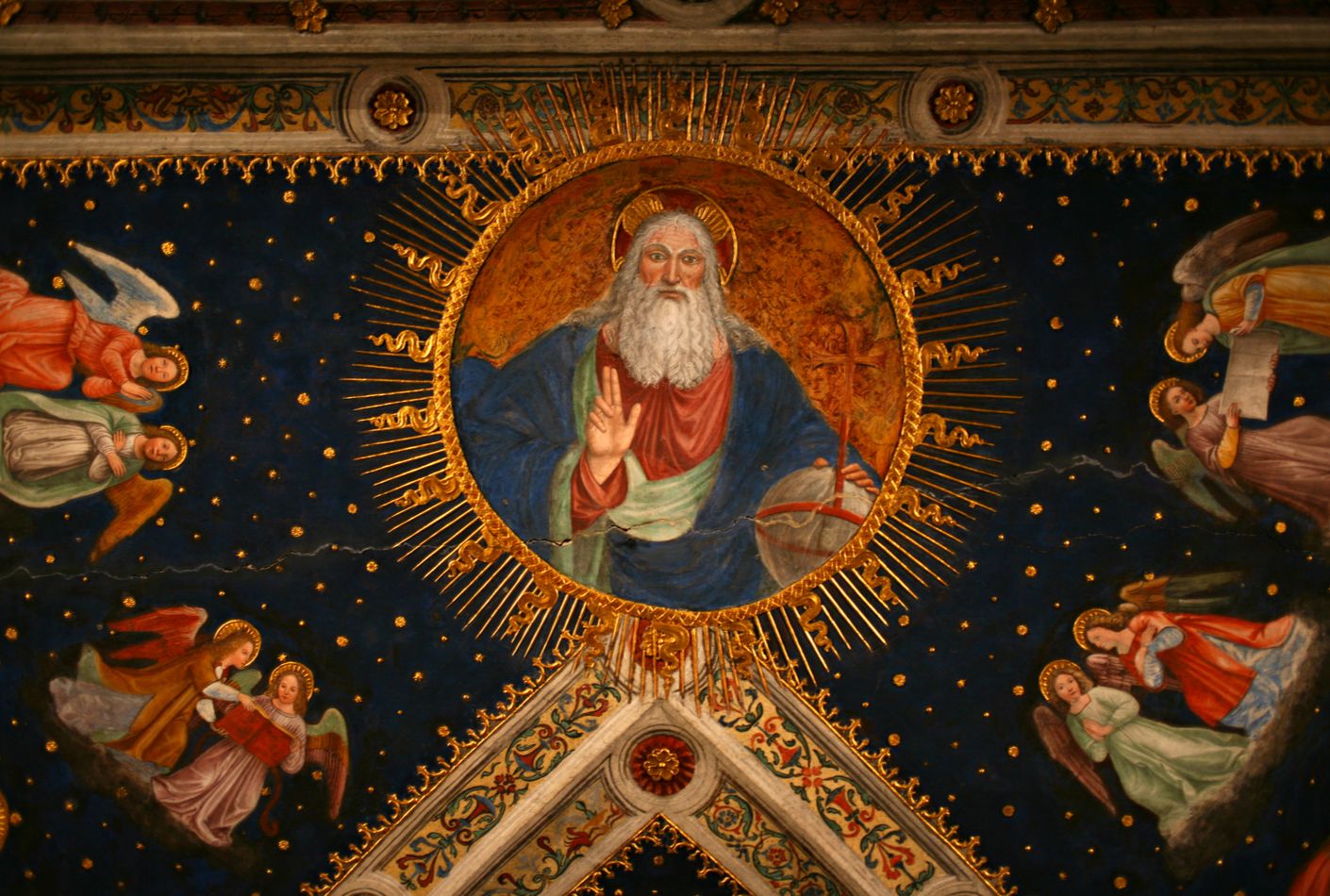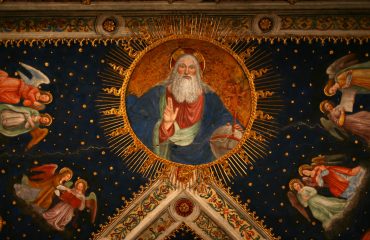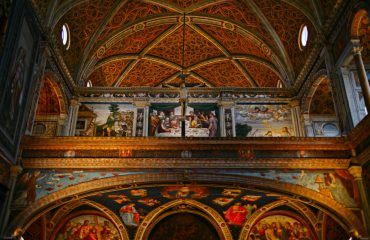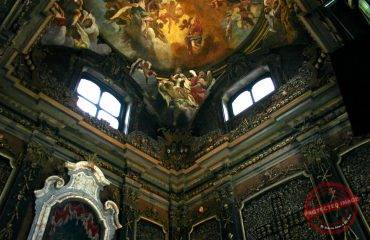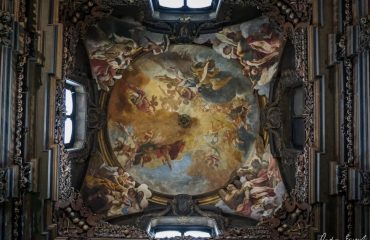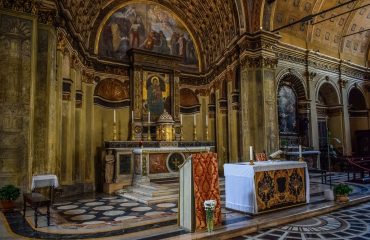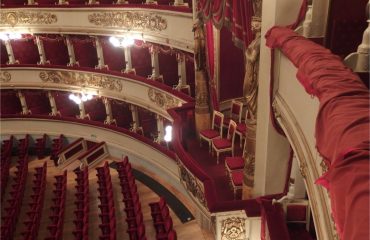ENCORE!
La Scala Museum, San Bernardino alle Ossa, Santa Maria presso San Satiro & San Maurizio al Monastero Maggiore
- Discover the star-studded musical history of Milan’s world famous opera house and learn how this theatre became the venue for other less harmonious pursuits
- Feel shivers down your spine at the sight of the macabre decorations of a truly bizarre chapel
- Witness the achievements and applaud the skill of 16th century Lombard masters as you admire the “Sistine Chapel of Milan”
-
Category
-
Hobbies & Interests
-
Duration3 hours
-
Destination
ENCORE!
La Scala Museum, San Bernardino alle Ossa, Santa Maria presso San Satiro & San Maurizio al Monastero Maggiore
Discover Milan’s inestimable contribution to the world of music and art on this private tour of La Scala Museum and three fascinating churches.
La Scala was built after the city’s earlier major theatre was destroyed by fire during a carnival gala in 1776. Designed by Neoclassical architect Giuseppe Piermarini and constructed on the former site of the Church of Santa Maria alla Scala, the opera house first opened its doors on August 3, 1778 with a staging of Antonio Salieri’s Europe Revealed. Since then it has hosted innumerable premieres of Italy’s greatest operas, including works by Rossini, Bellini, Verdi and Puccini and has gained an uncontested reputation on an international level as one of the world’s leading opera and ballet theatres.
You will begin your day with a tour of the opera house’s museum where you can browse a collection of portrait paintings, busts, engravings, period instruments and precious memorabilia relating to La Scala and musical performances. Your guide will lead you through the rooms and throw light on the history behind the theatre, from the 18th century up to its golden age, under the direction of Arturo Toscanini, when the prestige of La Scala spread worldwide. You will also listen to fun facts and anecdotes, hear about standing ovations and long-remembered fiascos – booing crowds often forced poor singers off the stage! – and find out how La Scala also became a venue for less edifying forms of entertainment. As with most of the theatres in the 19th century, the opera house started to be used as a casino, with players gambling in the foyer. In 1840 opera-lover Mary Shelley described her frustration: “At the Opera they were giving Otto Nicolai’s Templario. Unfortunately, as is well known, the theatre of La Scala serves, not only as the universal drawing-room for all the society of Milan, but every sort of trading transaction, from horse-dealing to stock-jobbing, is carried on in the pit; so that brief and far between are the snatches of melody one can catch”.
After visiting the museum, hit the streets of old Milan on a quest for some of the city’s lesser-known places of worship. Your guide will lead you to three irresistibly intriguing churches, each guarding its own peculiar treasures. Inside San Bernardino alle Ossa be prepared for the spine-chilling, macabre sight of the chapel’s sinister decorations. Its walls are almost entirely covered with hundreds of human bones, artfully arranged in niches and stuck on cornices, pillars and doors. Most of the remains are believed to be those of deceased patients of the once neighbouring, no longer existing Brolo hospital while others are likely those of prisoners who were beheaded for their crimes. We owe this impressive spectacle to the friars of the Disciplini order, whose doctrine centred around the cult of the dead and self-flagellation. Its members used to wear hoods with only two openings for the eyes, woollen habits open down the back to display their scars and a skull pending from their cordons. Inspired by a bleak vision of this earthly world and as a reminder of the impermanence of life, the Disciplini set out to festoon the walls of their chapel with skulls, humeri, tibias and femurs, creating what is undoubtedly Milan’s most shocking location.
A more pleasing surprise awaits you in Santa Maria presso San Satiro. Here you will discover how ingenious architect and painter Donato Bramante overcame the difficulty of building a church in a restricted space by creating a trompe l’oeil masterpiece. Is the choir really as deep as you think?
The final stop of the tour will lead you to San Maurizio al Monastero Maggiore. Behind its sombre, austere facade, this church conceals what has become known as the “Sistine Chapel of Milan”. Some of the most celebrated Lombard artists of the 16th century, including Bernardino Luini, Paolo Lomazzo and Simone Peterzano, are responsible for the sumptuously decorated interior which represents biblical scenes and episodes from the lives of saints. These brightly painted frescoes are a triumph of artistic expression and occupy a prominent place among Milan’s greatest Renaissance achievements.
A round of applause for Milan…!
- A half-day private tour with an expert licensed guide
- Entrance tickets to the Museum of La Scala Opera House
- Transportation from guests’ accommodation to the starting point of the tour (taxi rides to be paid on the spot at clients’ expense)
- Tips
- Meals
- Private transfers with chauffeured vehicles to the starting point of the tour and back to guests’ accommodation can be arranged upon request
- The order of the sites visited may change
- Visitors may view the auditorium of La Scala from the theatre boxes, without stepping inside, provided there are no performances or events in progress
-
Painting inside San Maurizio al Monastero Maggiore (Photo credit: Paolobon140)
-
Interior of San Maurizio al Monastero Maggiore (Photo credit: Paolobon140)
-
San Bernardino alle Ossa (Photo credit: Giovanni Dall'Orto)
-
San Bernardino alle Ossa (Photo credit: Einaz80)
-
Skulls inside San Bernardino alle Ossa
-
Santa Maria presso San Satiro
-
Santa Maria presso San Satiro
-
La Scala Theatre
-
La Scala Theatre


